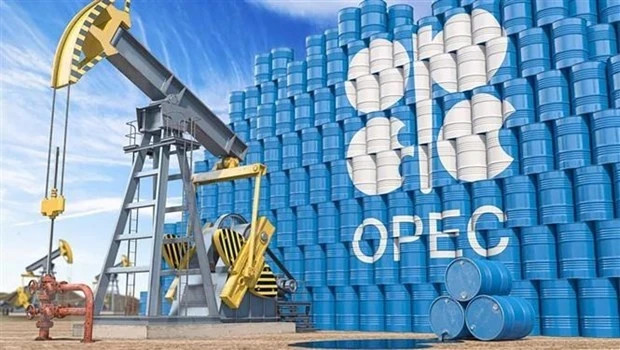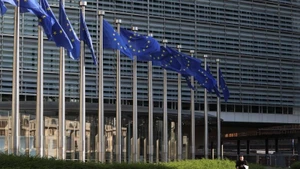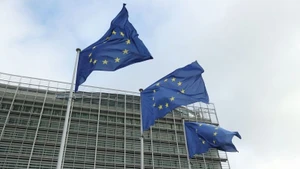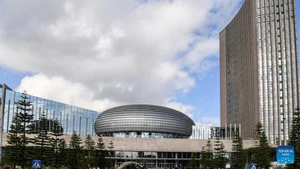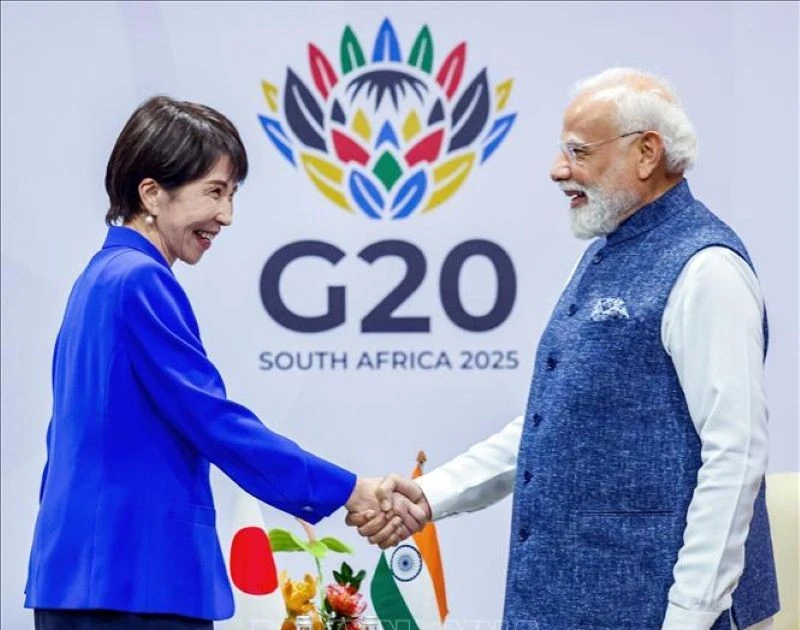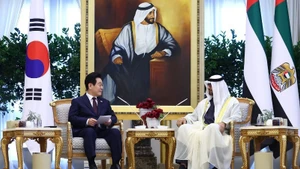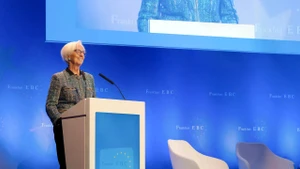In the context that oil prices are trading at nearly 80 USD per barrel, much lower than the level which many OPEC+ members need to balance their budgets, and concerns about slow growth in oil demand putting pressure on the oil price outlook, OPEC+'s decision is expected to be an effective “therapy” to continue efforts to support oil prices and balance the “black gold” market.
The announcement, made after OPEC+'s biannual policy meeting, stated that the group of 22 members (12 OPEC countries and 10 partners) decided to extend the cuts, starting from January 1, 2025, to December 31, 2025. With an important role in balancing the oil market, OPEC+ members have implemented a series of deep production cuts since the end of 2022 to support oil prices. OPEC+ members are currently cutting a total of 5.86 million barrels per day, equivalent to about 5.7% of global demand, through group-wide production cuts and additional voluntary cuts. This includes 2 million barrels per day from all OPEC+ members, the first voluntary cut by 9 members at 1.66 million barrels per day, and the second voluntary cut by 8 members at 2.2 million barrels per day.
According to the new decision, OPEC+ extended the first round of cuts until the end of 2025, from the end of 2024. OPEC+ sources said the group also agreed to extend the third round of voluntary cuts until the third quarter of 2024. The countries implementing the second round of voluntary cuts are Algeria, Iraq, Kazakhstan, Kuwait, Oman, Russia, Saudi Arabia, the United Arab Emirates (UAE) and Gabon. The same countries, except for Gabon, participated in the third round.
OPEC+ maintained production cuts due to concerns about falling demand for "black gold", as major economies struggled with high interest rates, while oil inventories increased in developed economies. In recent years, the increase of US production and exports has supported price stability, while offsetting the impact of OPEC+ production cuts. Meanwhile, China, the world's largest oil importer, is undergoing structural economic changes that could reduce its oil demand.
Kaynat Chainwala, an analyst from Kotak Securities, predicted that crude oil prices will fluctuate between 70 USD and 90 USD per barrel in the second half of this year. However, she believed that although demand will increase from June, oil prices are unlikely to rise above 100 USD per barrel, due to the impact of high interest rates and the upcoming presidential election in the US.
Meanwhile, some oil brokerages predicted that crude oil prices will likely remain in the 79 USD to 85 USD range per barrel, until the end of the second quarter of 2024. JP Morgan Bank predicted that Brent crude oil prices will average 84 USD per barrel between now and the end of the year and 75 USD per barrel in 2025.
With the above decision from OPEC+, oil supply is expected to tighten in the second half of this year, while strong oil demand in the summer may reduce crude oil inventories. Tight oil supplies in the market could lead to upward pressure on prices.
One of the immediate impacts of this decision is that it will support oil prices in the short term. OPEC+ wants to ensure that oil prices do not fall too low, which could harm the economies of member countries. In addition, OPEC+ also helps to strengthen market sentiment and encourage investment in the oil and gas industry. In the long term, the decision marks a change in OPEC+ strategy.
In the past, OPEC+ has responded quickly to changes in demand by adjusting production. However, the decision to extend production cuts until 2025 shows that OPEC+ is taking a longer-term view and wants to ensure stability for the oil market. In addition, production cuts may force some high-cost oil producers to close, leading to changes in the structure of the oil market, thereby promoting investment in alternative energy sources, such as solar and wind power.
However, OPEC+'s decision is expected to have a strong impact on the global economy, because continued production cuts may cause oil prices to rise, creating a favourable environment for oil producers but increasing transportation and production costs, heavily affecting the prices of goods and consumers.
According to analysts, the recent decision to extend OPEC+ production cuts will help maintain oil prices at a reasonable level, while ensuring market balance. However, there are still some risks, such as higher oil prices hampering global economic growth, and production cuts causing a supply shortage, if demand is higher than expected. Meanwhile, geopolitical instability in the Middle East could also increase uncertainty in the black gold market.
